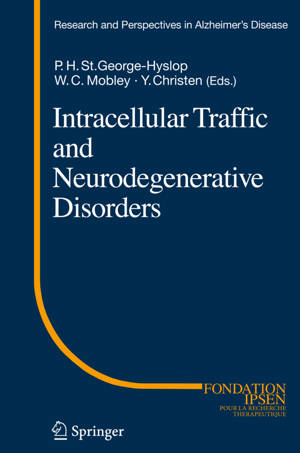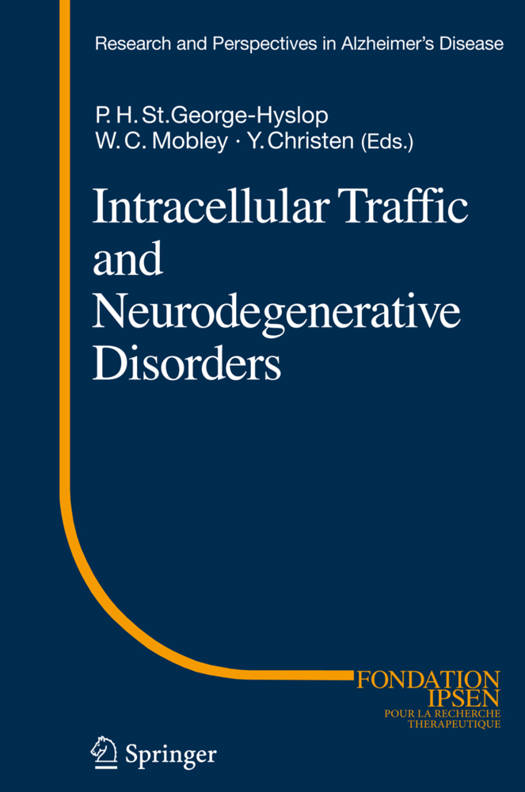
- Afhalen na 1 uur in een winkel met voorraad
- Gratis thuislevering in België vanaf € 30
- Ruim aanbod met 7 miljoen producten
- Afhalen na 1 uur in een winkel met voorraad
- Gratis thuislevering in België vanaf € 30
- Ruim aanbod met 7 miljoen producten
Zoeken
Intracellular Traffic and Neurodegenerative Disorders
€ 210,95
+ 421 punten
Omschrijving
Neurodegenerative disorders are common and devastating. Rationally, the most effective treatments will target pathogenetic mechanisms. While alternative - proaches, based on alleviating the symptoms of patients with Alzheimer disease, Parkinson disease, Huntington disease, prion disorders or amyotrophic lateral sc- rosis, can be expected to reduce suffering, studies of pathogenesis of these a- related disorders will be most important for enabling early diagnosis and the creation of preventative and curative treatments. It is in this context that a recent IPSEN rd meeting (The 23 Colloque Medecine ´ et Recherche, April 28, 2008) focused on a role for disruption of intracellular traf?cking in neurodegenerative disorders. The meeting captured emerging insights into pathogenesis from disrupted traf?cking and processing of proteins implicated in age-related degeneration. Protein folding, traf?cking and signaling were the principal topics covered at the meeting. Importantly, the presenters pointed to the importantly intersection of these themes. While the proteolytic processing of APP into its toxic product, the A? peptide, is an intensive focus of work in many laboratories, it is only relatively recently that investigators have begun to examine in depth the cellular compartments and traf?cking events that mediate APP processing and how derangement of tr- ?cking pathways could impact them.
Specificaties
Betrokkenen
- Uitgeverij:
Inhoud
- Aantal bladzijden:
- 184
- Taal:
- Engels
- Reeks:
Eigenschappen
- Productcode (EAN):
- 9783540879404
- Verschijningsdatum:
- 10/12/2008
- Uitvoering:
- Hardcover
- Formaat:
- Genaaid
- Afmetingen:
- 157 mm x 239 mm
- Gewicht:
- 408 g

Alleen bij Standaard Boekhandel
+ 421 punten op je klantenkaart van Standaard Boekhandel
Beoordelingen
We publiceren alleen reviews die voldoen aan de voorwaarden voor reviews. Bekijk onze voorwaarden voor reviews.










